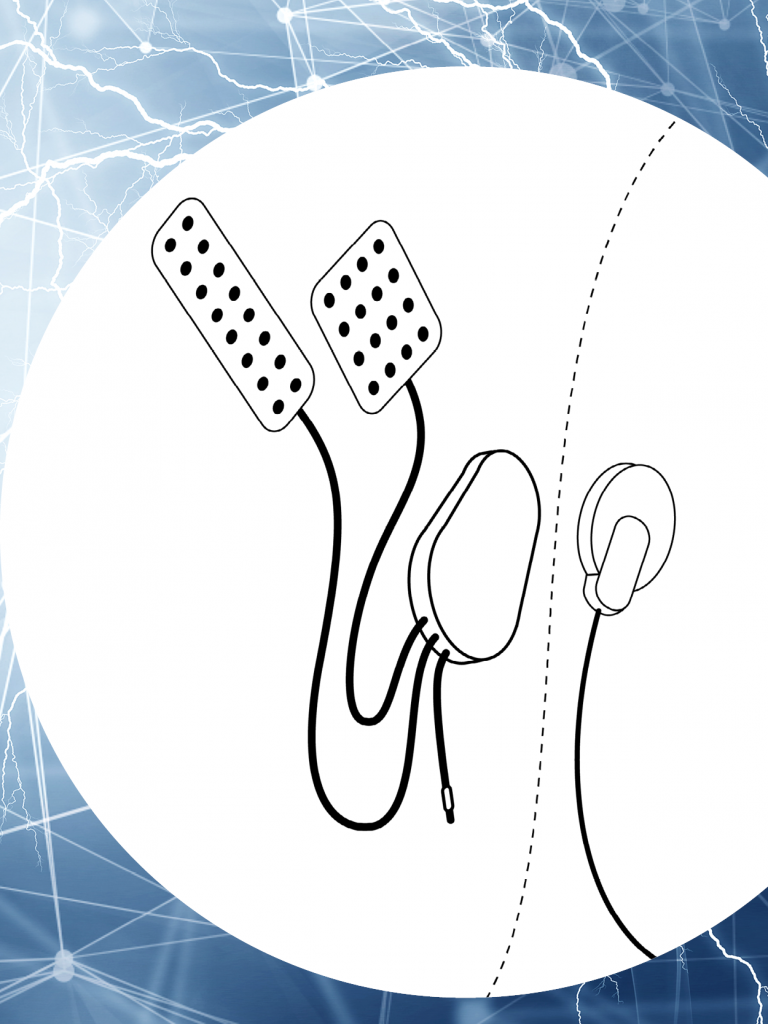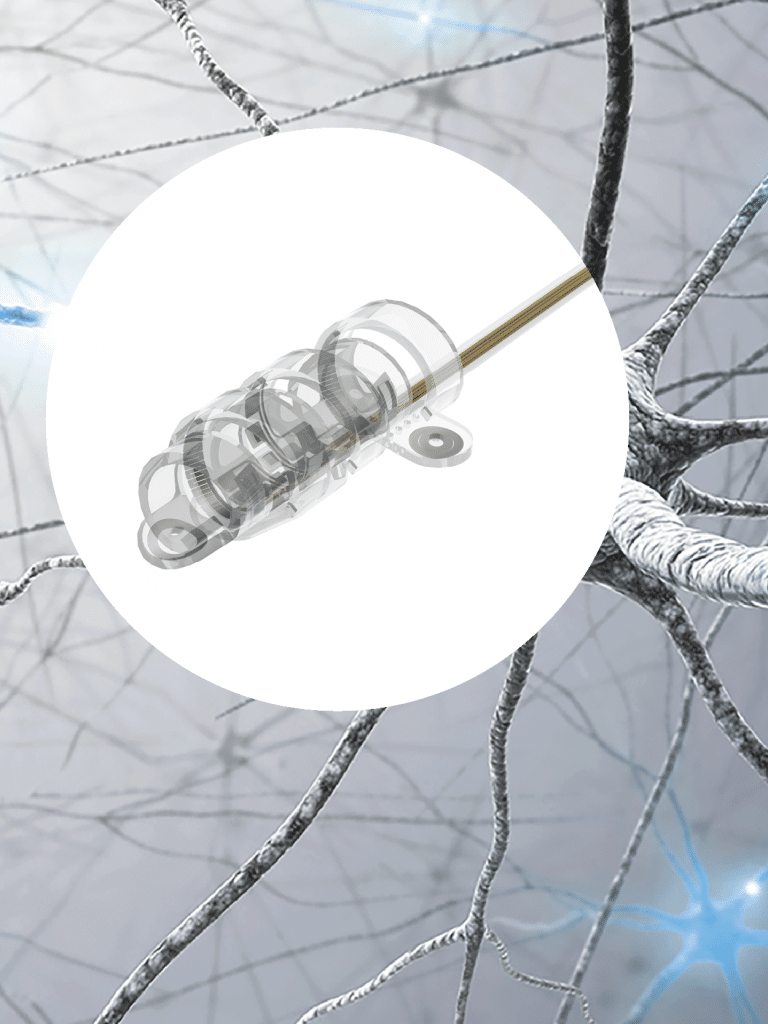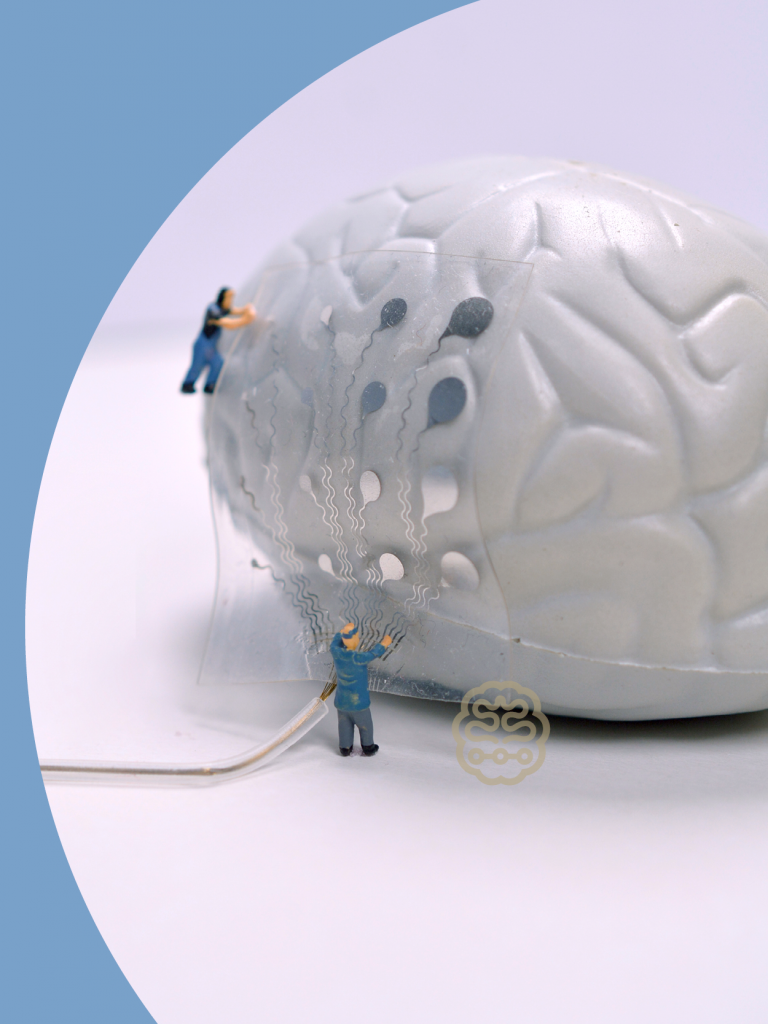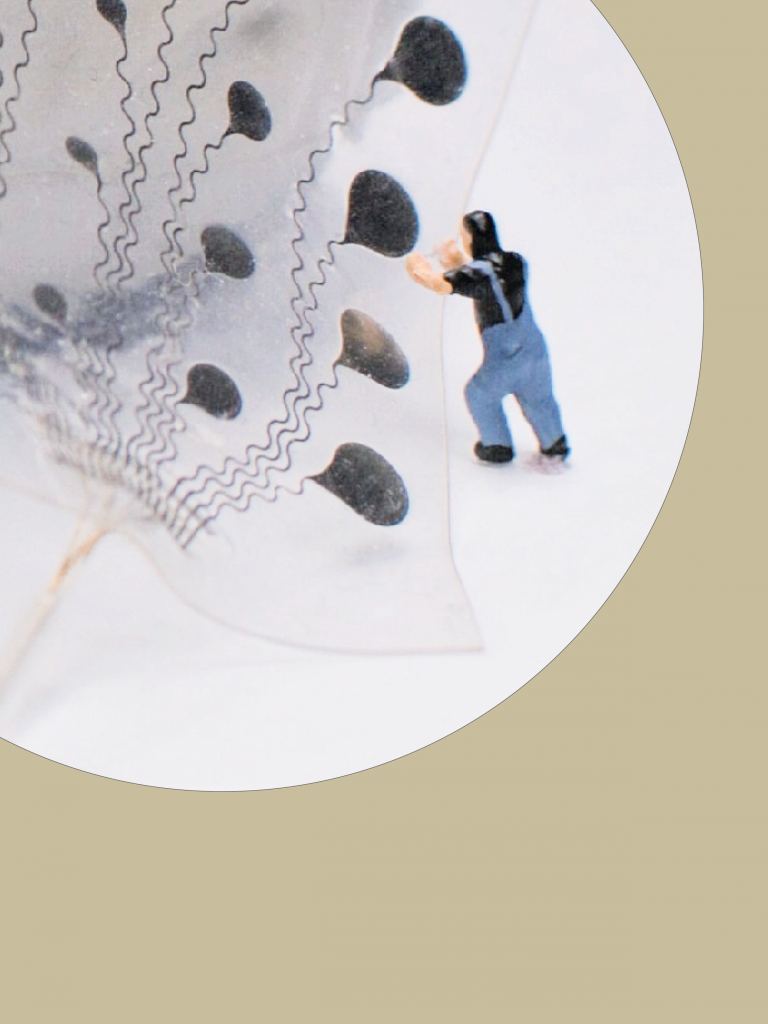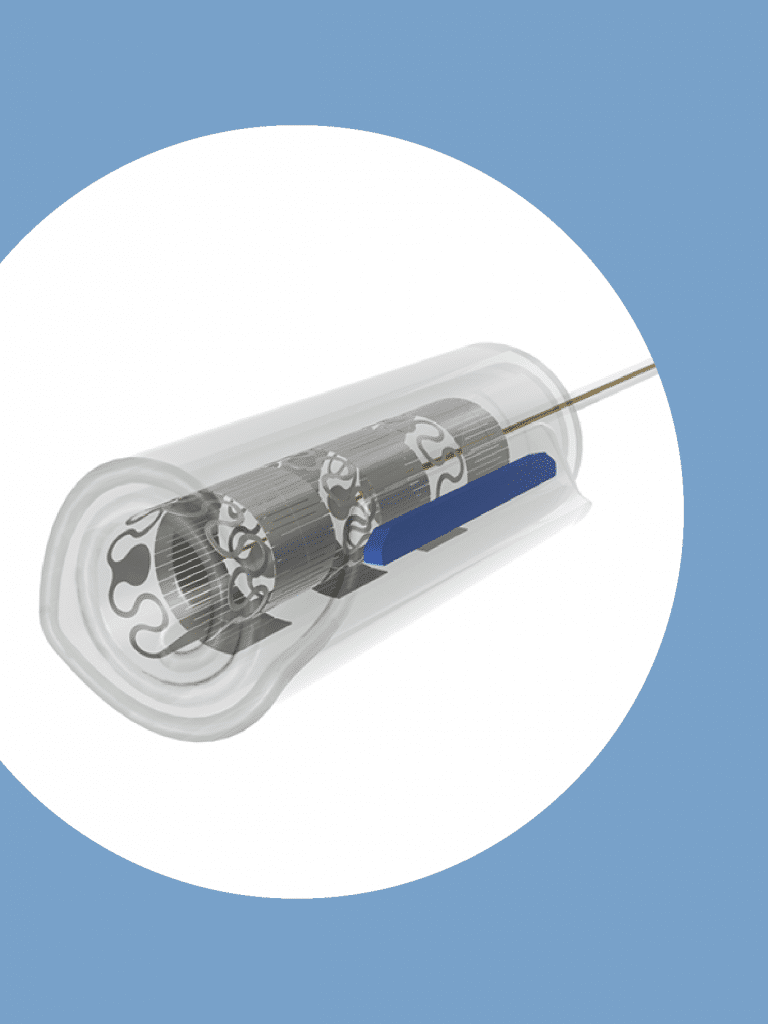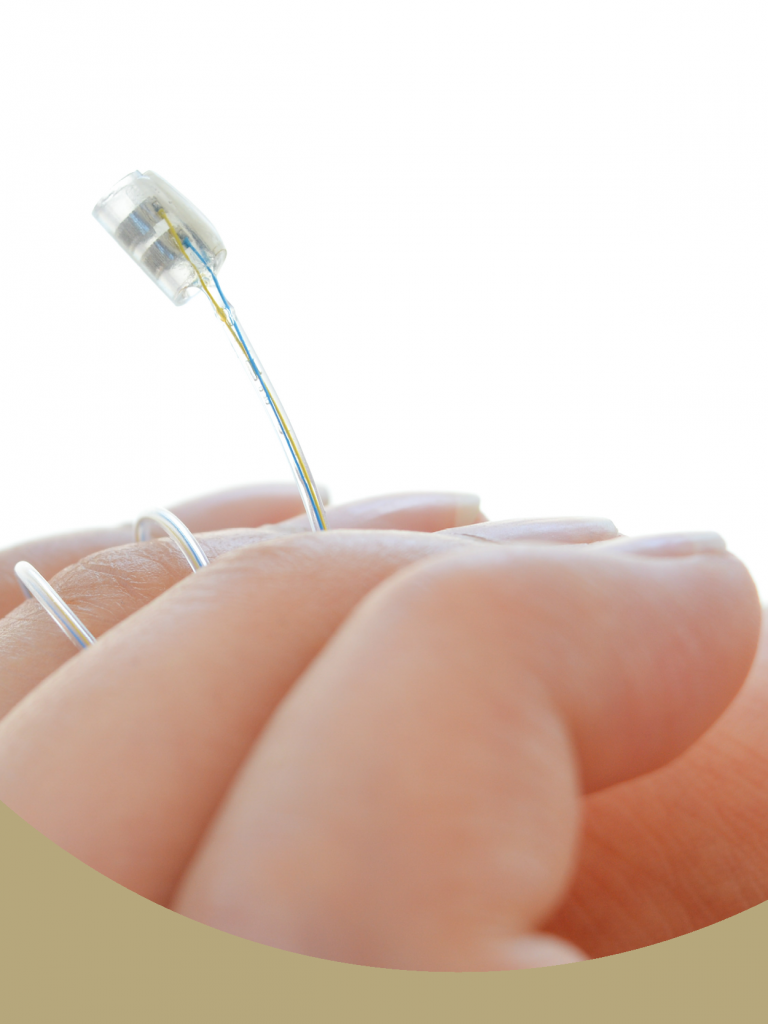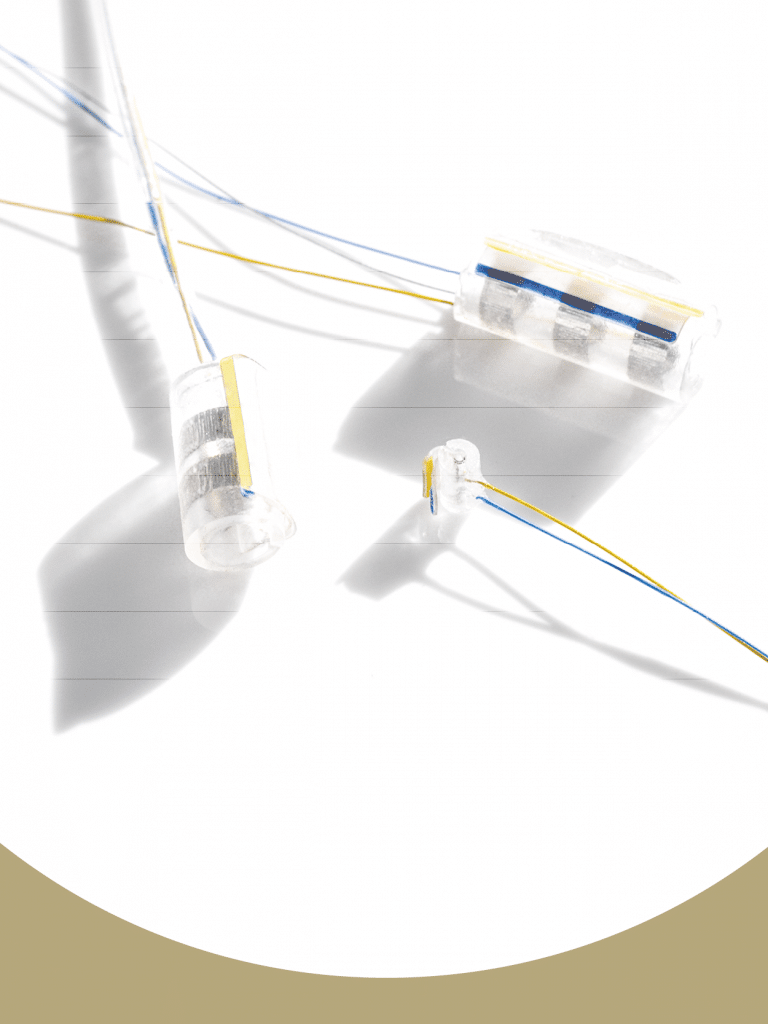The Brain Interchange System for Stroke Rehabilitation
We are again featured in the latest edition of Open Access Government – more specifically our Brain Interchange System and our way to Stroke Rehabilitation. Our Goal: enhancing the plasticity and enabling the patient to recover after a stroke. One method to achieve the enhancement of plasticity is electrical stimulation of the brain. Fundamental studies …
The Brain Interchange System for Stroke Rehabilitation Read More »
